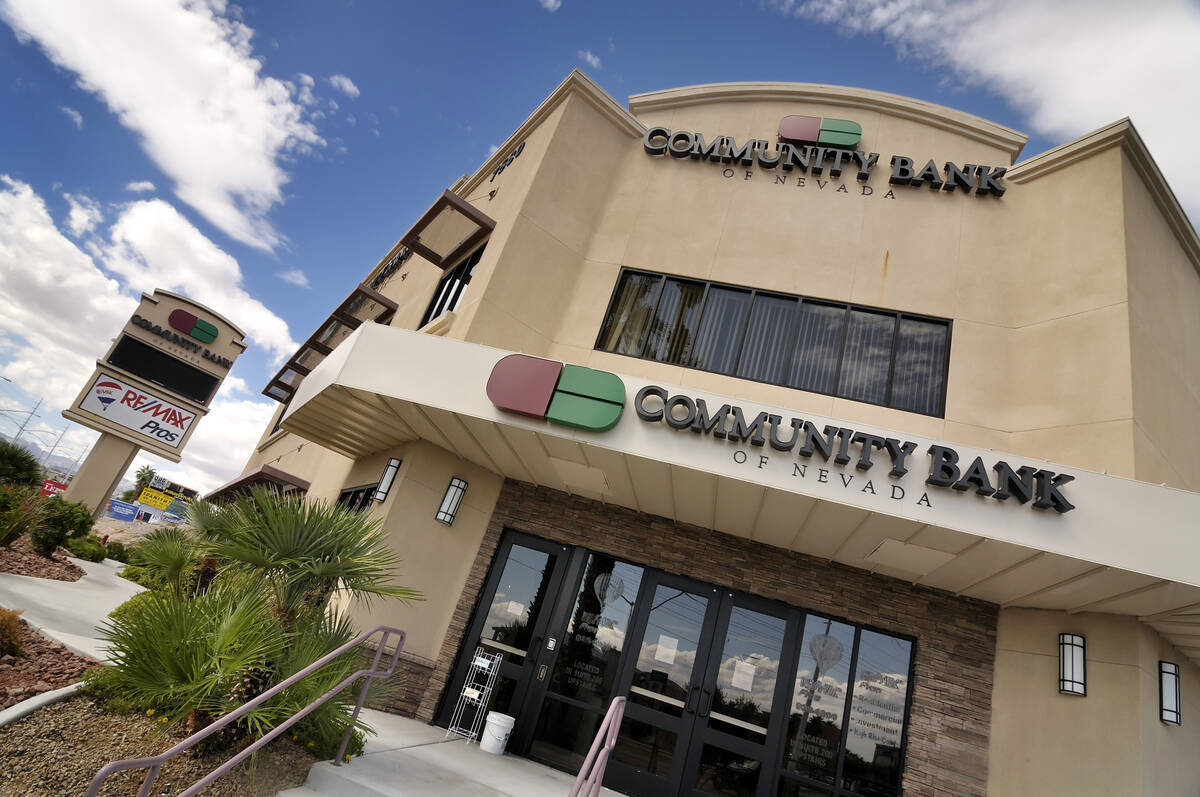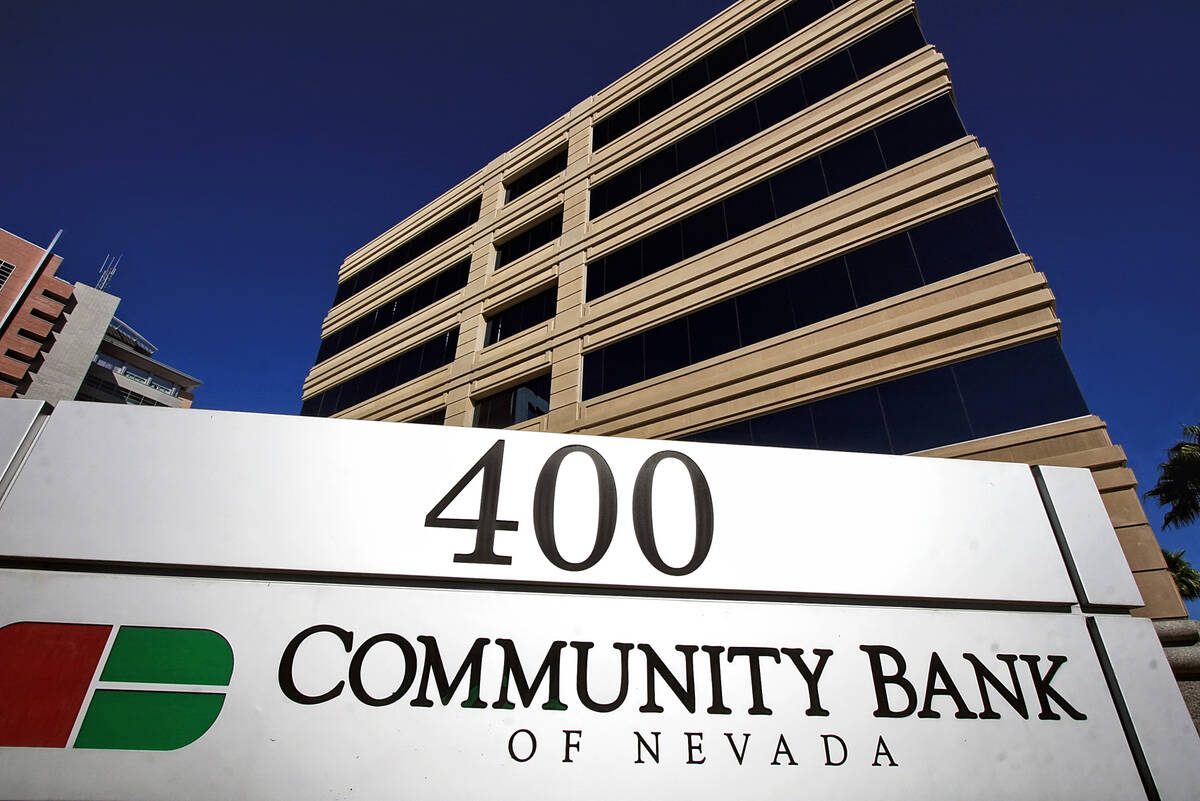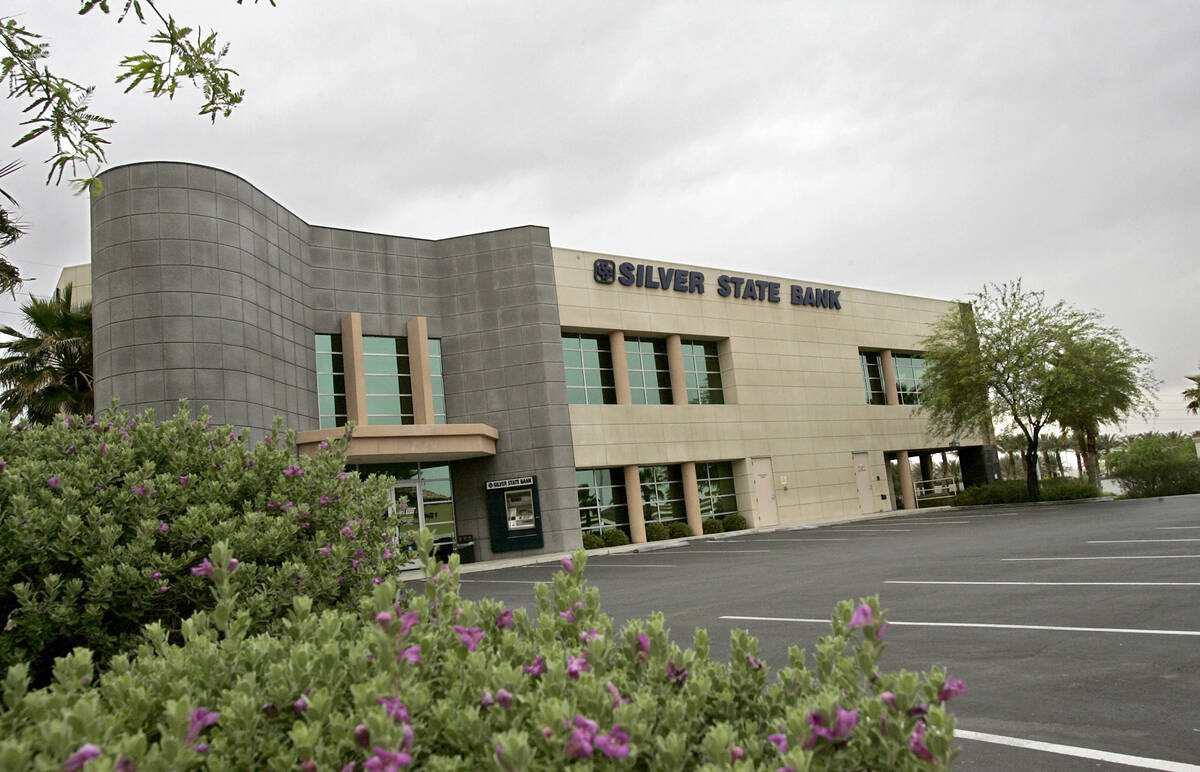Las Vegas real estate market crash toppled plenty of banks
Financial markets were rattled last year when Silicon Valley Bank and Signature Bank shut down within a few days of each other, followed by more volatility when First Republic Bank collapsed several weeks later.
But in the not-too-distant past, lenders across Nevada and the country were closing at a rapid clip.
After the mid-2000s bubble burst, the crashing real estate market toppled banks that had plowed money into the industry. Las Vegas, ground zero for the wild real estate boom and devastating crash, saw plenty of banks go under.
Overall, there were five bank failures across the U.S. last year — compared to almost 390 from 2009 through 2011, according to figures from the Federal Deposit Insurance Corp.
Here’s a look at two sizable Las Vegas-area bank failures from that era and a list of others in Nevada that went down.
Silver State Bank
Nevada financial regulators closed Henderson-based Silver State Bank on Sept. 5, 2008.
The bank had pursued aggressive loan growth, concentrating in higher-risk commercial real estate deals, and its risk management was weak, according to a 2009 report from the FDIC’s Office of Inspector General.
Amid the tumbling economy, its loan losses mounted, earnings and capital eroded, and depositors yanked their funds, the report said.
All told, the bank had nearly $1.9 billion in assets at the time it closed, according to the report.
Parent company Silver State Bancorp had announced a management shakeup on Aug. 1, 2008, saying its president and CEO and its chairman had resigned from their posts.
Michael Thorell, who was named acting president and chief executive, said in the news release that the bank and its markets faced “many challenges.”
But he planned to “quickly initiate a dynamic strategy” that would restore the lender to its “former strength and growth pattern,” he said.
The bank was shut down the next month.
Community Bank of Nevada
Nevada financial regulators closed Las Vegas-based Community Bank of Nevada on Aug. 14, 2009.
The bank failed because its leadership “did not adequately control the risks” stemming from a strategy of aggressive loan growth in construction, land and development deals, according to a 2010 report from the Federal Reserve’s Office of Inspector General.
Las Vegas’ economy was rapidly deteriorating, but bank management was “optimistic that conditions would improve” and failed to realize the magnitude of risk in their portfolio, the report found.
Overall, the bank had $1.5 billion in assets.
On Aug. 3, 2009, Community Bank of Nevada President and CEO Lawrence Scott delivered a positive message when its parent company announced the bank had increased its loan-loss allowance by $60 million at the request of its primary regulator.
“While the continuing deterioration of the economy remains the primary challenge for the banking industry, we believe firmly in our markets. They have been strong in the past and will be so in the future,” Scott said in the news release. “Community Bank of Nevada played a significant role in the growth of these markets and we will do so in the future.”
The bank was shut down less than two weeks later.
Here are other Nevada lenders that collapsed after the real estate bubble burst, along with their closing date, according to the FDIC’s Failed Bank List.
• Reno-based First National Bank of Nevada: July 25, 2008
• Henderson-based Security Savings Bank: Feb. 27, 2009
• Elko-based Great Basin Bank of Nevada: April 17, 2009
• Carson City-based Carson River Community Bank: Feb. 26, 2010
• Las Vegas-based Sun West Bank: May 28, 2010
• Reno-based Nevada Security Bank: June 18, 2010
• Las Vegas-based SouthwestUSA Bank: July 23, 2010
• Las Vegas-based Nevada Commerce Bank: April 8, 2011
• North Las Vegas-based 1st Commerce Bank: June 6, 2013
Contact Eli Segall at esegall@reviewjournal.com or 702-383-0342.




















